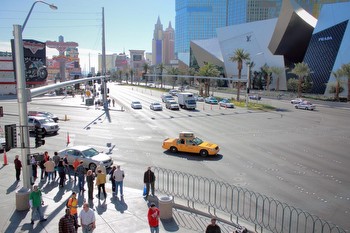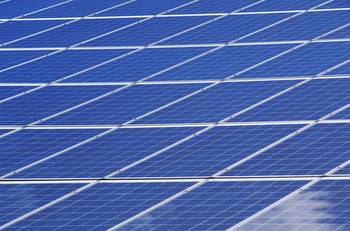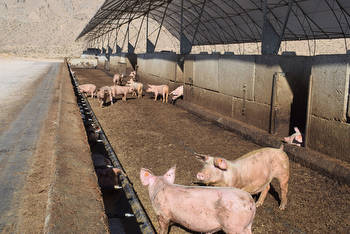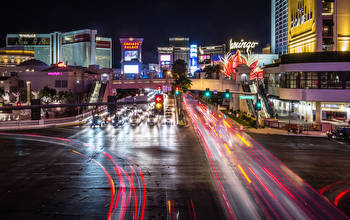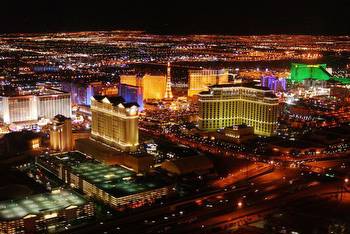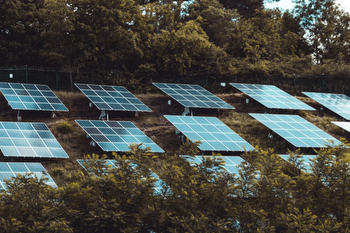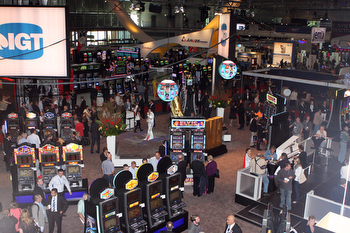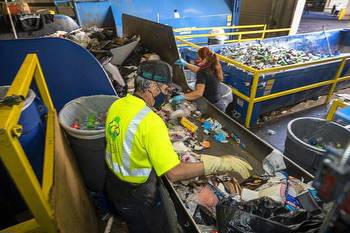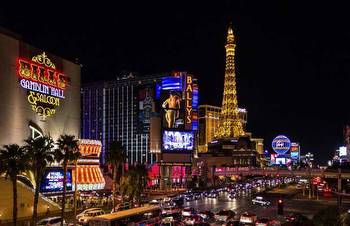This Casino Gambled on Geothermal-and Hit the Jackpot

This story was originally published by the Bulletin of Atomic Scientists and is reproduced here as part of the Climate Deskcollaboration.
John Kassai, who oversees the Peppermill’s geothermal operations, demonstrates how a heat exchanger works and pours out a sample of geothermal water. The water in the Moana thermal reservoir can contain sulfate, sodium, silica, bicarbonate, chloride, calcium, potassium, fluoride, magnesium, boron, lithium, and arsenic. (Jessica McKenzie)
It didn’t come cheap: The initial outlay for the geothermal expansion was $9.7 million, and there was no guarantee the water would be hot enough. They needed water temperatures of at least 170 degrees Fahrenheit; the water they found is about 172 degrees Fahrenheit. It was a lucky gamble, but even a bigger win than expected.
“So return on investment, when we did this, was supposed to be five years, correct? We did it in three,” Kassai says. “It paid for itself in three years.”
The last time the Peppermill crunched the numbers, three or four years ago, the geothermal heating system had saved the company $6 million. The carbon emissions associated with heating and cooling the sprawling complex have also plummeted. The two boilers the Peppermill once needed for heating and hot water now sit idle, a backup in case of emergency. (Kassai offered to turn them on as a demonstration, but I didn’t want the unnecessary carbon emissions on my conscience.)
Geothermal heating isn’t so different from geothermal electricity production, in that the geothermal water is put through a heat exchanger to warm a secondary liquid, in this case, more water, which is then used in all the normal heating and cooling applications. So all the water in the hot tubs (and the pools and the showers) is just normal water, not the arsenic-laced liquid drawn from the bowels of the Earth.
While the United States is the global leader in geothermal energy production, the country lags behind Europe in direct-use applications, like district heating. According to the 2019 Geovision report by the US Energy Department, as of 2016, the United States had a total installed capacity of 100 megawatts thermal; Europe, on the other hand, had a total installed capacity of 4,702 megawatts thermal in 2015. The geothermal district heating system in Paris, France, reduces the city’s annual carbon dioxide emissions by 120,000 tons.
As cities adopt new climate goals, geothermal district-heating could be one of the ways they meet decarbonization goals. Boise, Idaho, the first US city to use geothermal water to heat buildings, back in the 1890s, announced plans for a significant expansion in 2021 to aid the city in becoming carbon neutral by 2050. At the time, geothermal accounted for about 2 percent of the city’s energy use. Officials said that expanding the system by 40 percent won’t even require drilling new wells—just more piping.
There’s no justifiable reason that geothermal district heating isn’t more common in the United States. Unlike other kinds of geothermal technologies, district heating technology is well-established. A 2021 report on geothermal power production and district heating said the reasons it is cost-competitive in Europe and parts of Asia but not the United States is because of then-low natural gas prices, and a lack of US carbon accounting or incentives for renewable heating and cooling solutions.
“Although there are only 23 US GDH systems in operation today, the barriers to expansion of this sector are primarily political, social, and economic—not technical,” the report concludes.








